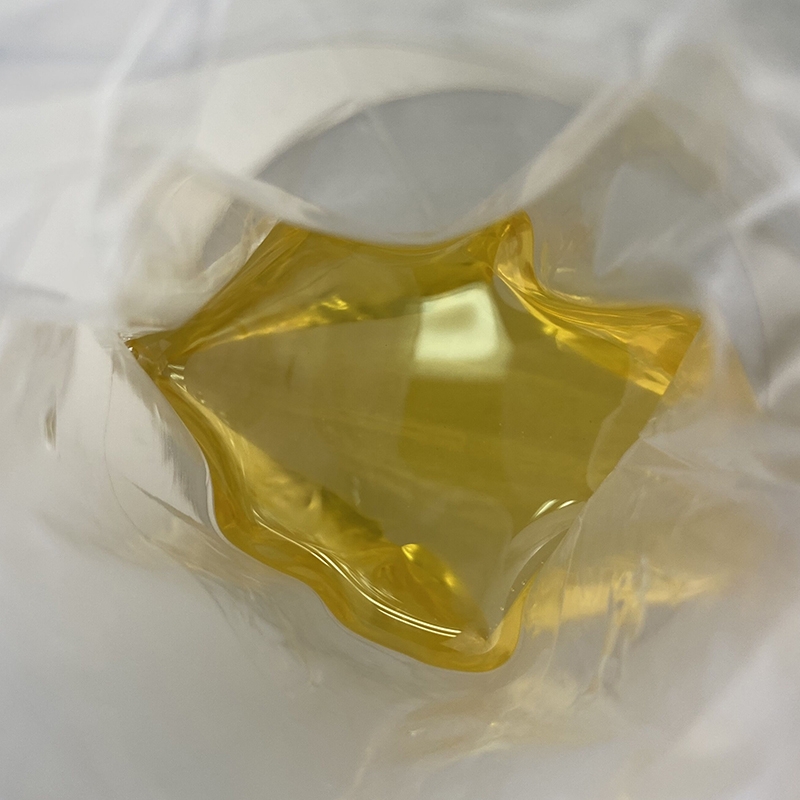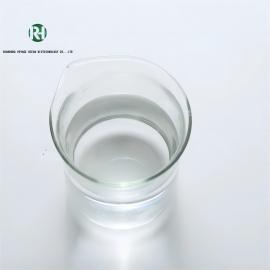-
Categories
-
Pharmaceutical Intermediates
-
Active Pharmaceutical Ingredients
-
Food Additives
- Industrial Coatings
- Agrochemicals
- Dyes and Pigments
- Surfactant
- Flavors and Fragrances
- Chemical Reagents
- Catalyst and Auxiliary
- Natural Products
- Inorganic Chemistry
-
Organic Chemistry
-
Biochemical Engineering
- Analytical Chemistry
- Cosmetic Ingredient
-
Pharmaceutical Intermediates
Promotion
ECHEMI Mall
Wholesale
Weekly Price
Exhibition
News
-
Trade Service
The little fish is a term newborn born by caesarean section
Basic information: small fish, female, gestational age 38 weeks, birth weight 3110g
Basic information
Physical examination: heart rate 178 beats / minute, breathing 64 times / minute, body temperature 36.
Physical examination
The newborn newborn has a pale complexion and respiratory distress, which makes the doctor think of a series of diseases: perinatal asphyxia, septic shock caused by early-onset sepsis, acute bleeding, neonatal hemolytic disease, congenital heart disease.
Combined with clinical practice, postnatal asphyxia exists, but after resuscitation, the body is still pale, hypoxia, infection and blood loss What causes it?
Combined with clinical practice, postnatal asphyxia exists, but after resuscitation, the body is still pale, hypoxia, infection and blood loss What causes it?Immediate blood gas analysis and whole blood cell analysis to understand the acid-base balance and hemoglobin and hematocrit are the most useful options
Result Return:
Results returnHematocrit 16%, hemoglobin 56g/L; Arterial blood gas analysis PH7.
The very low hematocrit and hemoglobin levels → confirmed that the cause of pale skin is severe anemia
Where did the baby's blood go?
Where did the baby's blood go?The causes of neonatal anemia can be divided into:
Decreased red blood cell production
Decreased red blood cell productionSuch as pure red blood cell aplastic anemia, congenital leukemia, etc.
Excessive loss of red blood cells
Excessive loss of red blood cellsIncluding a variety of diseases that cause blood loss in newborns before, at birth, and after birth;
Increased destruction of red blood cells
Increased destruction of red blood cellsIt mainly refers to various hemolytic diseases and infections
Considering the overall situation, the most likely severe anemia in the child is blood loss before birth or intrauterine fetal hemolysis
Follow-up medical history: the mother consciously reduced fetal movement 2 days before the birth of the child, fetal heart rate monitoring showed a decrease in baseline variation of fetal heart rate, and late deceleration
Ask about the medical history
To confirm the diagnosis, neonatal hemolytic disease tests and antibody screening tests and fetal red blood cells (KB tests)
Results KB test positive, hemolytic disease test and antibody screening test negative, the child anemia caused by severe fetal transfusion
Fetomatemal hemorrhage (FMH) is a rare obstetric disorder in which a certain amount of fetal blood enters the maternal blood circulation through the broken placental villus, causing fetal blood loss and clinical syndrome
Fetal-to-maternal transfusion syndrome
Because of its insidious clinical manifestations, and because the symptoms of hemolytic anemia in the mother are rare and almost non-specific, it is not easy to make early diagnosis in most cases, so perinatal mortality is higher
The onset of FMH is mostly acute and insidious, often without obvious precipitating factors, and it is difficult to confirm the diagnosis
The cause of fetal transfusion may be due to the pressure difference between the umbilical artery and the villous space of the fetus, so that the water and metabolites in the fetal blood circulation can reach the mother, so the fetal blood can also enter the mother in this way
.
Especially when the villi are damaged, fetal blood can enter the mother directly
.
Some people have examined the placenta in each stage of pregnancy and found that there are many small cracks in the placental barrier, which are secondary
to the obstruction of blood vessels and the infarction of villis.
Therefore, the occurrence of fetal-mother transfusion syndrome is often related
to prenatal bleeding, abdominal trauma, placental vascular malformation, placental abruption, amniotic cavity or umbilical cord puncture, placental tumor, caesarean section, PIH and other maternal abnormalities.
Fetal cells entering the maternal cycle can occur before
delivery.
About 50% to 75% of pregnancies occur to some degree of fetal transfusion, usually about 0.
01 to 0.
1 ml
.
About 1 in every 400 pregnancies has a fetal transfusion of 30ml, or more, and about 1 in every 2000 pregnancies reaches 100ml or more
.
Since fetal hemoglobin has an acidic effect in acidic eluent, cells containing fetal hemoglobin can be distinguished from cells containing adult hemoglobin, and the KB test is based on this principle
.
The KB staining test for the small fish was 3%, which indicated that the mother's peripheral blood smear contained 3% fetal red blood cells
.
We can use the mother's weight, the mother's hematocrit, the newborn's weight, and the results of the KB test to calculate how much blood from the small fish enters the mother's circulation
.
First determine several normal values: the average blood volume of pregnant women at term pregnancy is 75 ml / kg; The average fetal-placental blood volume at term is 120 ml/kg
.
Step 1: Estimate the mother's total blood volume
Step 1: Estimate the mother's total blood volumeThe mother's body weight is 80kg, and the hematocrit is 35%, then her total blood volume is: 80 (maternal body weight)× 0.
35 (hematocrit)× 75ml/kg = 2100ml
.
Step 2: Estimate the blood volume of the small fish
Step 2: Estimate the blood volume of the small fishThe body weight of the small fish is 3110 g, assuming that the prenatal hematocrit is 45%, then the fetal-placental red blood cell volume estimate is: 3.
1×0.
45 × 120 ml/kg = 167 ml
.
Step 3: Estimate the amount of blood that the fetus will enter the mother's blood circulation
Step 3: Estimate the amount of blood that the fetus will enter the mother's blood circulationIf the peripheral blood smear contains 3% fetal red blood cells, then it is estimated that the total amount of fetal blood entering the maternal circulation is: 2100ml×0.
03=63ml
.
A few numbers clearly illustrate a result: the small fish should have 167ml of blood all over its body, of which 63ml returned to the mother's body, and the lost blood accounted for 37%
of its own blood volume.
This amount of blood loss is fatal
.
There are many diseases that cause pale skin in the neonatal period, which require early rapid assessment and investigation after the condition is stabilized, and the differential diagnosis of pale neonates is as follows:
After blood transfusion expansion and other symptomatic treatment, the little fish gradually recovered, and Snow White became a pink sister
when she was discharged from the hospital.
When explaining her illness to the family, the mother was shocked, it turned out that she had snatched the baby's blood, and this cruel blood dispute quietly occurred between the closest mother and
daughter.
Because FHM prenatal manifestations lack specificity and low incidence, it is difficult to make a prenatal diagnosis, but it is more
harmful to mother and child.
It has been reported that 5% of intrauterine fetal deaths are caused by FM
.
Therefore, regular obstetric examination and timely fetal heart rate monitoring during pregnancy, timely examination of abnormalities found, and early diagnosis can effectively reduce neonatal mortality
.







